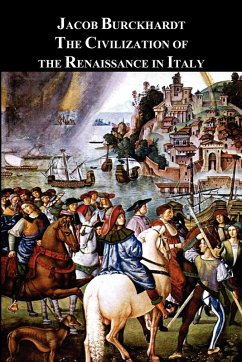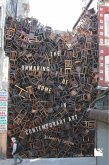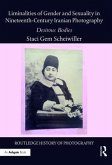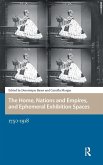Originally conceived for the Council of Europe, the successful design was later adopted by the European Union in 1985 whilst under the moniker of the European Economic Community. Designed by Arsène Heitz, a French draughtsman at the CoE, and Paul Lévy, a Jewish-Belgian Holocaust survivor who worked for many years as the council's Director of Information, the finalised design was presented to the CoE in 1955 at its headquarters in Strasbourg, Heitz's hometown. This publication profiles the documents, design proposals and written correspondence between Heitz, Lévy and further collaborators that would form the painstakingly diplomatic development of an iconic vexillological moment.
As part of the book's research, a collection of fabric monochromes woven by weavers from all 28 member states of the EU in the base colour of the flag was compiled. These collated monochromes as such become a map themselves of the socio-economic shift within EU member communities, an embodiment of the disappearing textile industries of Europe. Conversely, the blue of these monochromes can be viewed as a physical representation of the EU's modernist tradition; its purity laws, its longing for transcendence and an optimistic belief in utopian potential.
Hinweis: Dieser Artikel kann nur an eine deutsche Lieferadresse ausgeliefert werden.
As part of the book's research, a collection of fabric monochromes woven by weavers from all 28 member states of the EU in the base colour of the flag was compiled. These collated monochromes as such become a map themselves of the socio-economic shift within EU member communities, an embodiment of the disappearing textile industries of Europe. Conversely, the blue of these monochromes can be viewed as a physical representation of the EU's modernist tradition; its purity laws, its longing for transcendence and an optimistic belief in utopian potential.
Hinweis: Dieser Artikel kann nur an eine deutsche Lieferadresse ausgeliefert werden.








